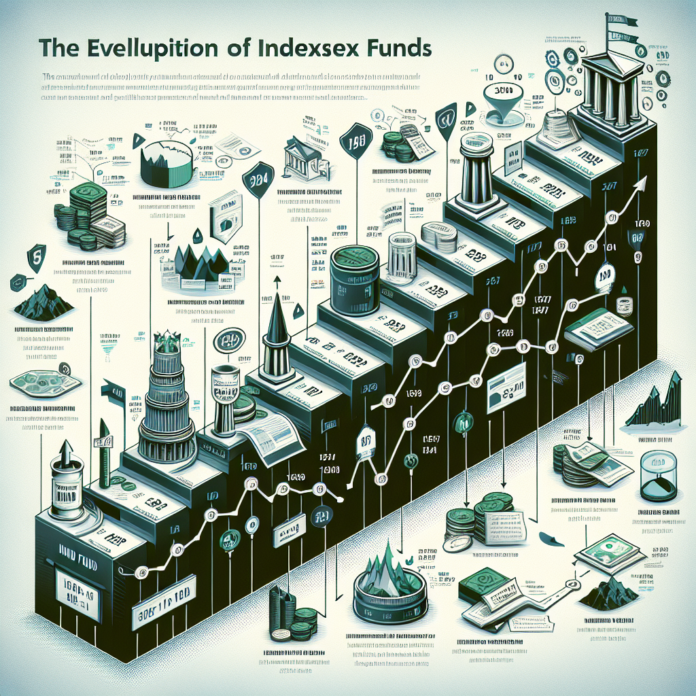The story of index funds is a chronicle of transformation and growth. From humble beginnings as mere measures of market performance to their current status as cornerstones of investment portfolios, equity index funds have changed the way we invest. This journey through the history of equity indices reveals how they became one of the most popular financial instruments for individual and institutional investors alike.
The Birth of the First Index
The history of equity indexing begins with the creation of the Dow Jones Industrial Average (DJIA) in 1896. Charles Dow’s brainchild, the DJIA was the first index to track the performance of U.S. industrial stocks, thus providing a snapshot of the market’s overall health. While initially containing only 12 stocks, the DJIA laid the foundation for the concept of following a basket of securities as a reflection of market sentiment.
The Launch of the S&P 500
Fast forward to 1957, and the introduction of the Standard & Poor’s 500 index marked a significant milestone in equity index evolution. The S&P 500, consisting of 500 large-cap U.S. stocks, offered a broader perspective of the U.S. equities market and became one of the most referenced benchmarks worldwide. More information on the S&P 500’s composition and performance can be found through Standard & Poor’s official website.
The Advent of Index Funds
While indices were initially just indicators, things changed in 1975 when John Bogle, founder of Vanguard Group, introduced the first index mutual fund available to individual investors. This fund tracked the performance of the S&P 500, allowing for the diversification and low-cost benefits typically reserved for institutional investors. Bogle’s innovative move democratized the stock market and gave rise to passive investing. Here, Vanguard’s research portal provides a wealth of insight into their index fund philosophy.
The Rise of Passive Management
Index funds surged in popularity in the late 20th century as evidence grew supporting their advantages over actively managed funds. The efficient market hypothesis (EMH), which postulates that it’s virtually impossible to beat the market consistently through active management due to the markets’ efficiency in processing information, reinforced the attractiveness of passive index fund investing. Academic research, such as that provided by the CFA Institute, has thoroughly investigated the performance of passive versus active management.
ETFs: A New Horizon
The first Exchange-Traded Fund (ETF), the SPDR S&P 500 ETF Trust, was launched in 1993. ETFs brought the features of index funds to a structure that could be traded like a stock. The convenience of intraday trading and even lower expense ratios accelerated the use of ETFs among investors. Today, ETFs come in various forms, tracking everything from broad-market indices to niche sectors. iShares by BlackRock, for instance, boasts a wide selection of ETFs across asset classes.
The Impact of Technology and Globalization
The proliferation of technology and the globalization of markets have led to the expansion of equity indices to include international stocks, bonds, and other asset classes. Emerging market indices and sector-specific indices have become tools for fine-tuning investment exposure. Real-time data and analytics platforms, like Bloomberg, allow investors to track these indices and manage portfolios with precision never seen in Bogle’s era.
The Future of Index Funds
Index funds continue to evolve as they adapt to changing market conditions and investor preferences. From factor-based investing to ESG (Environmental, Social, Governance) criteria, index providers are constantly innovating to meet the demands of modern investors.
In conclusion, the evolution of index funds underscores a shift towards democratization and simplification of investing. From the DJIA to the rise of ETFs, the journey of equity indices has paved the way for investors of all types to participate in the potential growth of entire markets, sectors, or investment styles, with simplicity and cost-efficiency.
Disclaimer: This article is for informational purposes only and does not constitute financial advice. Please consult with a financial advisor before making any investment decisions.




 AGF-B.CO
AGF-B.CO